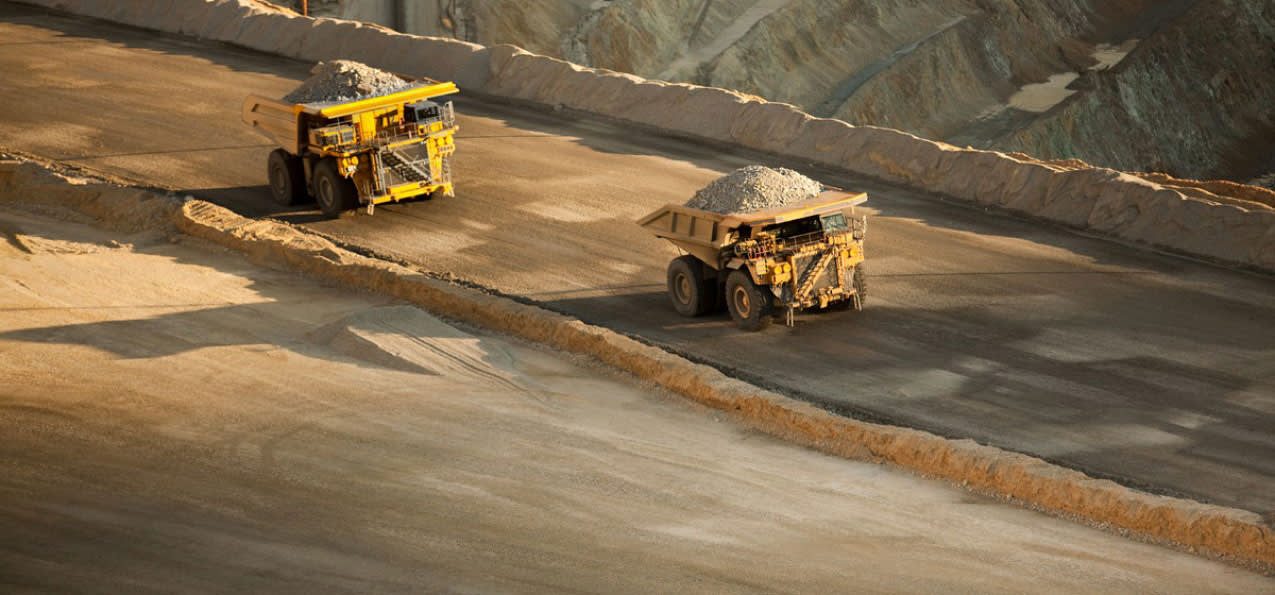Thiemo Lang, Senior Portfolio Manager on the Polar Capital Sustainable Thematic Equity Team, discusses the smart energy universe and why the structural growth towards decarbonisation and electrification is one of the most exciting, multi-decade investment themes.
1. The war in Ukraine has disturbed the energy markets. How does it affect your Smart Energy strategy?
The Russian invasion of Ukraine and the subsequent use of gas supplies as a political weapon have created a new sense of urgency in the need to implement the decarbonisation of global energy systems. Governments worldwide have hastily explored various possibilities in order to reduce the dependency on imported energy sources, accelerate the buildout of their own renewable power generation and encourage local manufacturing. In turn, this has also had a strong influence on us investing in the clean energy sector.
In the US, Congress passed the Inflation Reduction Act (IRA) of 2022, that allocates an estimated $370bn in tax and rebate incentives for clean energy and climate change programs as part of a larger package. This marked a major turning point in US climate policy, with the IRA including a wide range of investment and production tax credits across renewables, electric vehicles (EVs), hydrogen and storage supply chains.
At the same time, the EU is speeding up plans to boost its share of energy from renewable sources, while simultaneously accelerating plans for a green hydrogen infrastructure, ensuring a significant transformational shift from fossil-based to zero-carbon energy sources.
The European and US programs are expected to unleash several trillion dollars of cumulative investments in clean energy development over the coming decade, with a flow of announcements of new investments expected as soon as the exact procedures to apply for the incentive schemes are known.
During 2022, we increased our focus on those companies we consider to be the most direct beneficiaries of the announced programs. This included notably strengthening our exposure in the clean power generation cluster through adding investments in the solar energy supply chain as well as maintaining a strong footprint in energy conversion and storage and energy efficiency clusters. The announced government frameworks now give the companies very high planning security on how to build out their businesses for many years to come, with the increasingly better economics of clean energy solutions adding to the existing strong momentum.
2. What do you understand by “Smart Energy”? What areas does your investment universe cover?
The traditional energy sector can largely be seen as a play on commodities, be it coal, natural gas or oil. The advent of the clean energy sector, based on renewable power generation, is much more about applying the latest state-of-the-art technologies in manufacturing and device/system improvements than anything else. Clean energy solutions tend to be highly technology intensive; you have to do it ’smart’ to drive down costs through economies of scale, integration and efficiency improvements. At the same time, entire new end markets like the transportation sector, the heating of buildings, industrial sectors and so on need to be electrified, driving innovations in material technologies, energy conversion efficiencies and mass assembly.




.jpg%3Fv1?width=1275&source=ftadviser)



